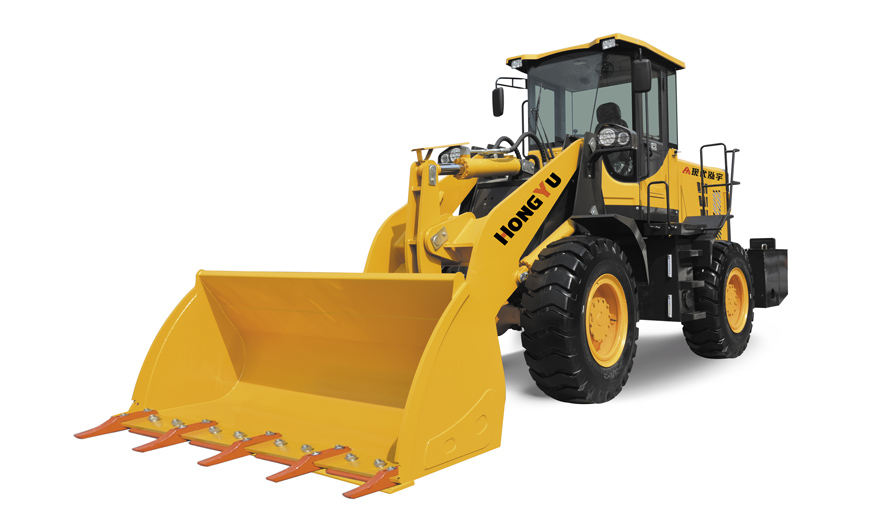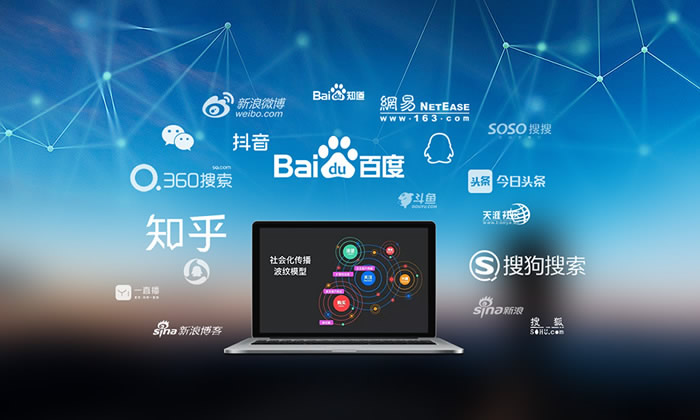The Future of Mechanical Equipment in Industrial Automation
2025-07-23 04:05:32
The integration of mechanical equipment with smart technologies has revolutionized modern manufacturing. From robotic arms to conveyor systems, these machines now incorporate IoT sensors and AI-driven diagnostics to predict failures before they occur. According to a 2023 report by McKinsey, factories leveraging advanced mechanical equipment have seen a 25% increase in productivity. The shift toward predictive maintenance, powered by real-time data analytics, ensures that downtime is minimized, keeping operations running smoothly.
One of the key challenges in deploying mechanical equipment is the high initial investment and maintenance costs. While automation reduces labor expenses, the upfront cost of advanced machinery can be prohibitive for small and medium enterprises (SMEs). However, studies from Deloitte indicate that the ROI for such equipment is achieved within 2-3 years due to improved efficiency. Additionally, modular designs in modern mechanical equipment allow for easier upgrades, extending the lifespan of these systems and reducing long-term costs.
Sustainability is another critical factor shaping the evolution of mechanical equipment. Manufacturers are now prioritizing energy-efficient motors, recyclable materials, and reduced emissions in their designs. A 2022 study by the International Energy Agency (IEA) found that optimized mechanical equipment can cut industrial energy consumption by up to 30%. Innovations such as regenerative braking in heavy machinery and low-friction components are setting new benchmarks for eco-friendly industrial operations.
The role of mechanical equipment in hazardous environments cannot be overstated. In sectors like mining, oil & gas, and chemical processing, automated machinery minimizes human exposure to dangerous conditions. For instance, remotely operated vehicles (ROVs) and robotic welders are now standard in offshore drilling operations. Data from the Occupational Safety and Health Administration (OSHA) shows a 40% decline in workplace injuries in industries that have adopted such equipment since 2020.
Looking ahead, the convergence of mechanical equipment with AI and machine learning will unlock unprecedented capabilities. Predictive algorithms will not only foresee breakdowns but also optimize performance in real-time. Experts predict that by 2030, fully autonomous factories powered by self-adjusting mechanical equipment will become mainstream. As industries continue to evolve, the demand for smarter, more resilient, and sustainable mechanical equipment will only grow, reshaping the future of global manufacturing.












